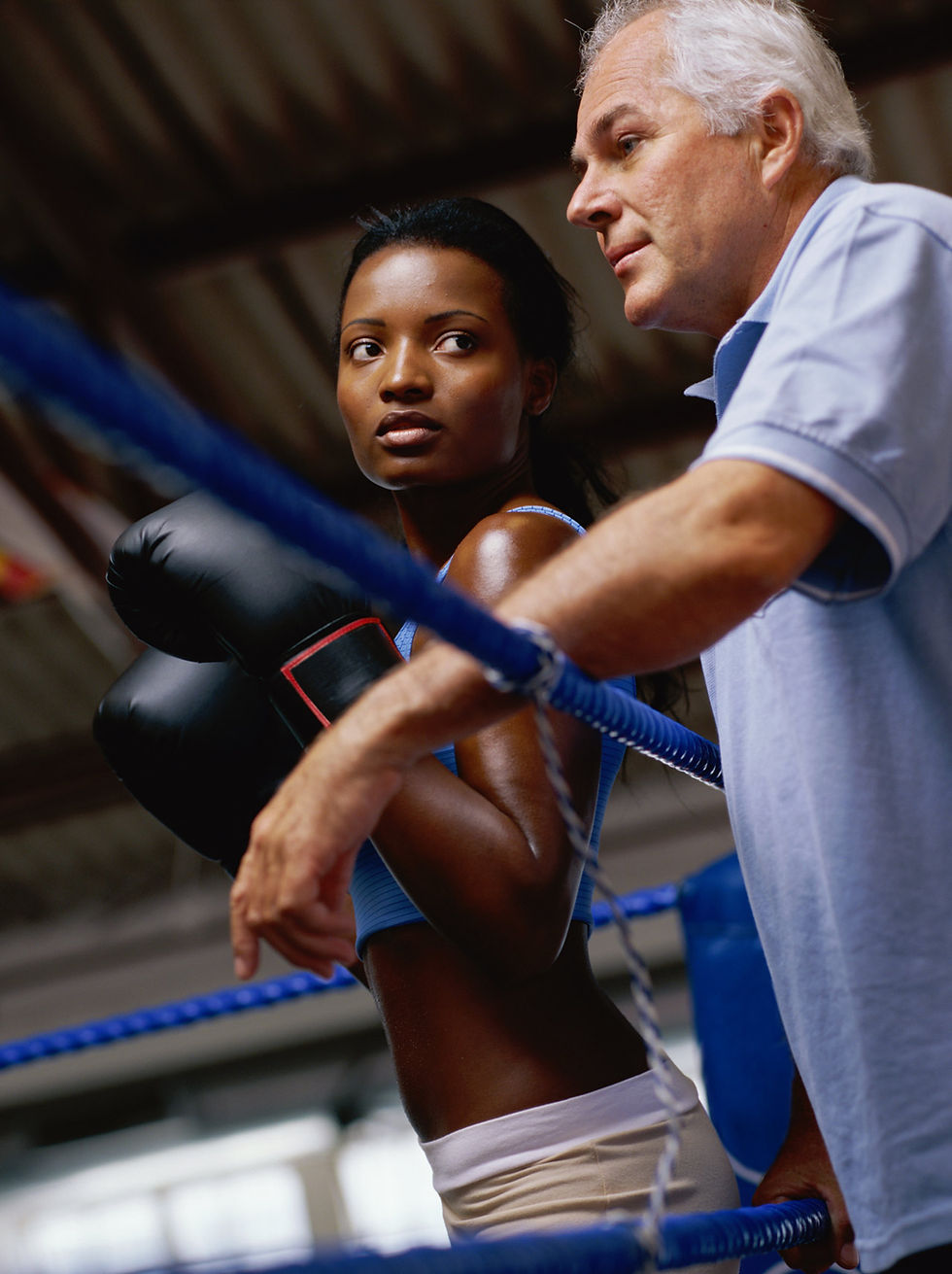
Defining Sports Massage Therapy
When we start to define sports massage therapy, we see that it is targeted to support fitness, help reduce the demands of sport, increase performance and shorten recovery time. In many cases, specializations are defined by the techniques that are utilized, but when we dive a bit deeper and look at the techniques used in sports massage, we find there are no magic bullets.
The same techniques utilized in other types of massage are used in sports massage, but are applied to a specific population. The real challenge is applying our critical thinking skills to use those techniques to achieve the best results.
The ultimate goal of sports massage therapy is to contribute to the health and well-being of the athlete; therefore, considerations such as timing, setting, common stress areas, training schedule and other therapies the athlete is receiving are factored into treatment decisions.
Sports Massage Therapy is for Everyone
It is a common misconception that sports massage is only for elite athletes. This is certainly not true. While this type of treatment can improve the performance of an athlete and help keep him in his sport, it is beneficial to anyone who suffers from chronic pain or has an injury, whether from running a marathon, playing tennis on the weekend, or working in the garden.
When it comes to the musculoskeletal system, we all have the same anatomy. A sore muscle is a sore muscle regardless of what caused it.
When treating athletes, a common wisdom exists that certain techniques should not be applied and that pressure and pace should be adjusted depending on what training phase the athlete is in.
Broadly, these principles make sense; however, some of these principles should be adjusted depending on the setting. This is why it is so important to understand the population you are dealing with.
Sports Massage Therapy Benefits
A better tactic is to apply a critical-reasoning approach to the four main areas of training and timing that the sports massage therapist will work in:
1. Event preparation. This is when the athlete is in competition and is more of the traditional pre-event massage. This type of massage is utilized as part of the overall warm-up and is ideally performed within 90 minutes of play. It is quicker, lighter, and more general and should not last more than 10 to 15 minutes. Some benefits of event-preparation massage are that it:
Warms the muscles
Excites the nervous system
Increases blood flow
Helps delay the feeling of exertion
Can help reduce injury
2. Prevention and maintenance. This type of massage is best done when the athlete can recover from any soreness. This is the time to work a bit deeper to remove any restrictions in the tissues and make corrections to the body without disrupting the training cycle. Some benefits of prevention-and-maintenance massage are that it:
Normalizes tissue
Improves tissue healing
Improves range of motion
Reduces muscle stiffness
Removes trigger points
Improves scar mobility
3. Injury treatment. This phase of sports massage therapy can occur while the athlete is still in competition; or, if the injury is bad enough, she will be out of training and competition. Techniques can range from lymphatic drainage to scar massage. Depending on the situation, the athlete may be in rehabilitation, so it is important to communicate with the other members of the health care team. Some of the benefits of injury-treatment massage are that it:
Prepares tissue to enhance treatments
Improves tissue healing
Normalizes tissue
Removes trigger points
Improves scar mobility
4. Recovery. This is an extremely important time for the athlete to receive sports massage therapy. This phase can include the traditional post-event massage and the more thorough recovery massage. This type of massage is ideally done one to three hours after competition. The benefits of recovery massage are that it:
Reduces delayed-onset muscle soreness (DOMS)
Improves the feeling of recovery
Can help with muscle endurance and power output
Can reduce muscle fatigue for repeated bouts
Increases neutrophil count
Decreases pain-causing substances in the muscles
Increases the pain threshold after exercise
Improves blood flow
Calms the nervous system and helps effect relaxation


